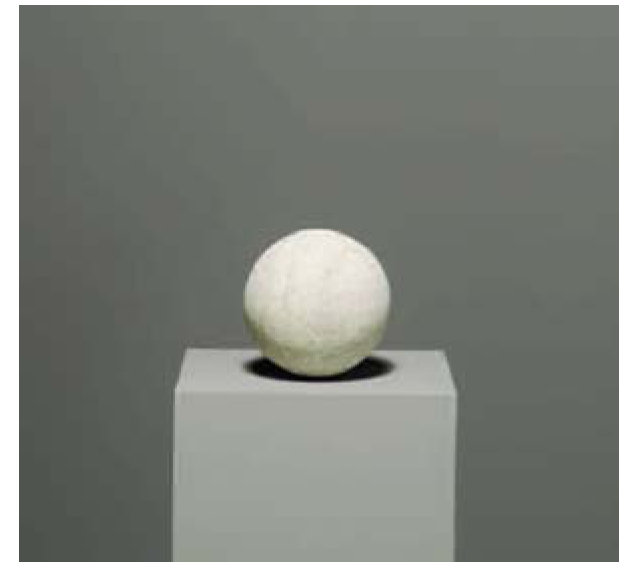Glossary of Terms
CO2e
Colour Temperature
Luminaires and Lamps
Lumens and Lux
National Grid
PIRs (Passive Infrared)
Payback Timescales
Watt and kWh
CO2e – carbon dioxide equivalency
It is well known that carbon dioxide (CO2) is not the only significant greenhouse gas that exists, which is why the term CO2e was introduced. CO2e is a quantity that describes the amount of greenhouse gases that would have the same global warming potential (GWP) as CO2 when measured over a specified timescale (generally, 100 years). The DECC calculations (2012) of greenhouse gases for the national electricity grid includes carbon dioxide (CO2), methane (CH4) and nitrous oxide (N2O).
Colour Temperature
Walking around town, it is easy to notice that light exists in many different colours; this is known as the colour temperature. When manufactured, electric light specifications show this using the unit Kelvin (K).



2800K3000K4000K
Lighting for use in offices typically range from about 2700K to 6800K, although the exact numbers vary between different manufacturers. As the above images show, 2800K has a slight yellow feel to it. With a colour temperature increase, the light becomes more to a daylight colour (4000K – 6500K) and even a slight blue hue at 6800K.
Lumens and Lux
Both of these terms are a measurement of light, with lux used in reference to a location. For example: when designing the lighting for an office, one could say that these light fittings are producing a certain number of lumens and we will have this many lux on the work surface.
Luminaires and Lamps
A “luminaire” is the entire fitting used to illuminate the room. In this example, the luminaire measures 600×600 (millimeters) and is the same size as the surrounding ceiling tiles. The “lamp” is the specific component of the luminaire that actually produces light.

National Grid
The national electricity grid is powered by numerous methods, and these all combine to light up the country. The UK also buys and sells electricity to other nations to help maintain adequate supply without wasting any excess.

Figures like these is what helps the DECC determine the level of greenhouse gases produced in the generation of electricity to the national grid. With this information, we know the affect our businesses have on the environment.
PIRs (Passive Infrared)
These are motion sensors and can be adjusted to purpose, almost without limit. Some are omni-directional and some can only work for a specific direction. They can turn lights on or off, work with or without a light switch, come in a variety of styles and many can be easily reprogrammed if you wish to change the timings or settings in the future. Systems can even be set up to automatically dim the lights or adjust the blinds based on the natural light from the sun.
Payback Timescales
Every energy efficient plan has a “payback time” and is the time it takes for the energy savings to pay back the cost to implement it. This is not affected by government schemes, or other benefits and incentives to take energy efficient measures; these simply change who is responsible for the costs.
Watts and kWh (Kilowatt hours)
A watt (W) is a unit of measurement for power and in this case the electrical power required by lights. Bills are paid by the unit, kilowatt hour and is equivalent to running a 1000W light bulb for one hour.

